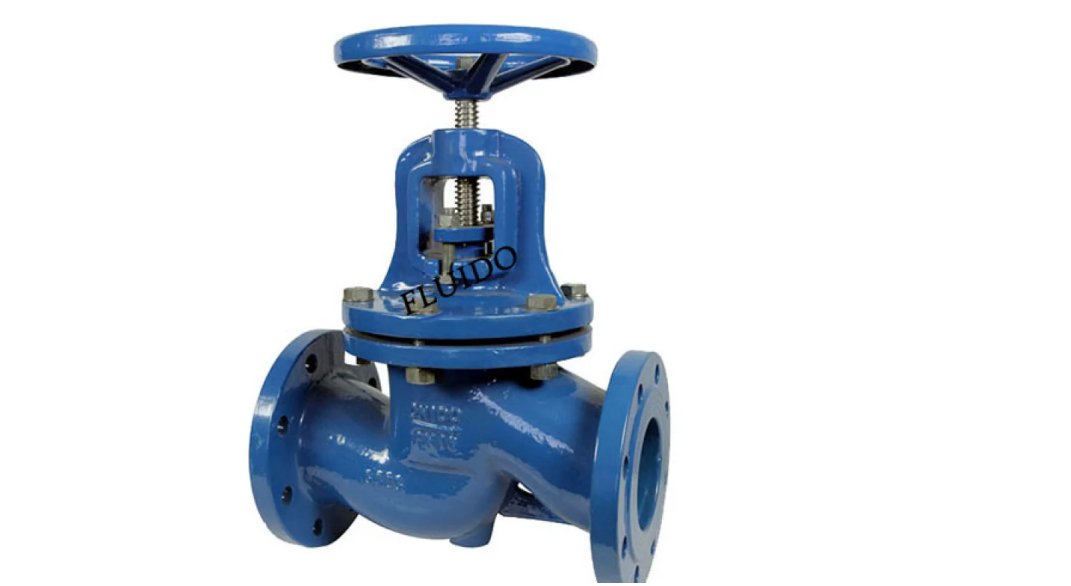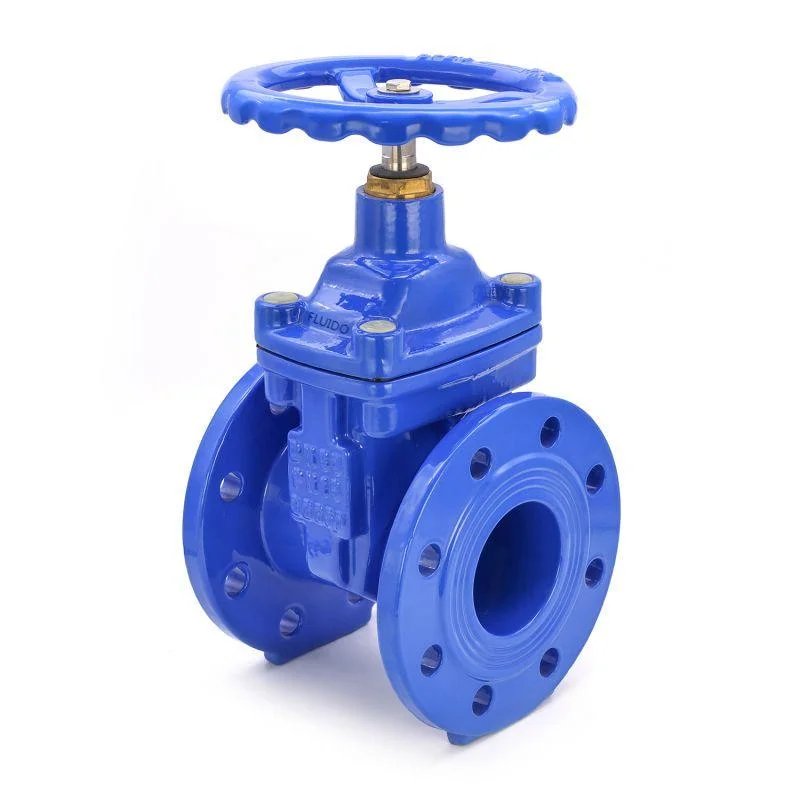Overview of Globe and Gate Valves
Globe valves and gate valves serve different roles in systems. Globe valves feature a round body with a disc that moves up and down. This design helps control flow precisely and seal tightly. Gate valve use a flat gate that rises to allow flow or drops to stop it. They are ideal for smooth, straight flow with little resistance. Choose globe valves for managing flow and gate valves for simple on/off tasks with minimal pressure loss.
Both are multi-turn, linear motion valves. Their closing parts move in a straight line to open or close. But their designs differ, each suited for specific tasks and systems.
Flow Properties
A gate valve allows flow to pass straight through in both directions. It’s a bi-directional valve. Flow only changes when the gate closes, stopping it completely.
A globe valve has a more complex flow path. The flow may follow a z-shape (T- or Z-valve), an angled path (Y-valve), or a 90-degree turn (angle valve). This makes globe valves unidirectional, with clear inlet and outlet ports.

Valve Functions
Both gate valves and globe valves can act as on/off valves. Gate valves are not built for throttling flow. Globe valves, however, excel at it. But globe valves struggle to throttle flow in larger sizes (above DN 150). Both types can be operated manually, pneumatically, or electrically.
Visual Differences
At first glance, gate valves and globe valves look similar. Key differences include:
· Body: Gate valves often have a rectangular or wedge-shaped body. Globe valves have a rounder body, especially at the base.
· Height: Gate valves are taller when open compared to globe valves.
· Flow Direction: Gate valves work in both directions. Globe valves work in one direction, often marked with an arrow to show flow.
Advantages and Disadvantages Chart
Feature | Globe Valve | Gate Valve |
Flow Control | Can handle on/off and throttling | Only for on/off, not for throttling |
Flow Capacity | Lower | Higher |
Flow Direction | Unidirectional | Bi-directional |
Pressure Drop | High | Low |
Operating Conditions | Handles higher temperatures | Handles higher pressures |
Cost | More costly due to complex design | Less costly |
Space Requirements | Needs less vertical space | Needs more vertical space for rising-stem |
Weight | Heavier | Lighter |
Selecting Between Globe Valves and Gate Valves
Choosing the right valve depends on system needs:
· Flow Control: Pick a globe valve for adjusting flow.
· Flow Capacity: Choose a gate valve for high flow needs.
· Flow Direction: Select a gate valve for bi-directional flow.
· Sealing: Choose a globe valve for tight sealing.
· Contaminated Media: Use gate valves for slurry or sediment-heavy fluids.
Example Applications
Globe Valves
· Cooling Water Systems: Globe valves control water flow to keep temperatures steady.
· Chemical Injection Systems: They manage chemical flow into reaction vessels or process streams.
Gate Valves
· Water Distribution Systems: Gate valves work well in water networks where simple on/off control is enough.

Customize Your Valves with FLUIDO for Tailored Solutions
FLUIDO, a top manufacturer and exporter of steel valves, fittings, and flanges, has served over 35 countries for more than 20 years. The company offers custom products like pipe fittings, flanges, and various cast iron and stainless steel valves, built to specific needs. Almost any technically possible product can be made upon request.
All FLUIDO factories follow ISO9001 standards, ensuring every product meets strict quality rules before shipping. Whether needing cast iron globe, gate, check, butterfly, or basket strainers, or stainless steel ball, needle, or plug valves, FLUIDO provides precise, CE-certified solutions.